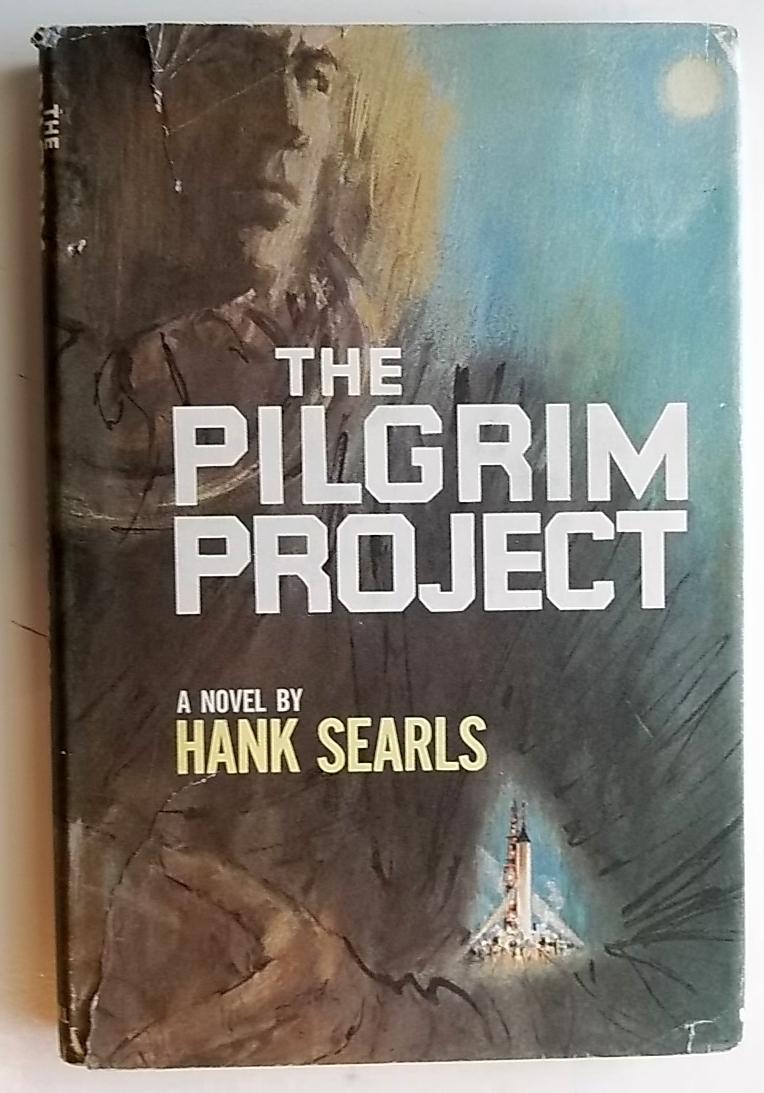( Image... )
( Image... )
"I say, old bird!"
Dec. 27th, 2022 09:39 amThere was a previous burst of "birds from dinosaurs" at the turn of the 20th century, though. The theory then fell out of favour for many decades, but in some old books you'd see illustrations like this:
( Images... )
The Toshka Lakes
Dec. 20th, 2022 11:01 amThere's been better-than-average rains since about 2013, capped by the Sudanese floods of Winter 2021, and so right now the Toshka lakes are as big as they've ever been. This is a picture of them taken from the ISS in November 2021.
( Image... )
1960s Undersea Lounge
Dec. 19th, 2022 09:33 amThe lounge was an underwater geodesic dome of steel and tempered glass accessed by pressurized lock. This led to a nightclub with two mezzanines and a central staircase. This was all anchored to the bottom, and below that a large chamber housed all the machinery needed to keep the place running.
( Images... )
Spy Satellite Calibration Range
Dec. 17th, 2022 09:56 am( Image... )
Soviet KA-30 Mail Delivery Aerosled
Dec. 15th, 2022 11:19 am( Images... )
( Image... )
"In Event of Moon Disaster"
Dec. 13th, 2022 10:14 amSea City, 1968
Dec. 12th, 2022 11:05 amIn the modern day, essentially the same area is gearing up for an artificial island -- but this time the inhabitants are to be power-generating windmills.

Joseph Kittinger
Dec. 11th, 2022 08:59 amThe Project Manhigh capsule was proposed as part of Wernher von Braun's "Man Very High", later known as Project Adam. With an added nosecone, it would have been launched on top of a Redstone to 150 miles up and beat the Russkies to the punch at putting a man in space. It was deemed a stunt -- and it was -- so unworthy of the effort, though it bears some resemblance to the Mercury program. The main difference being that, as it used the pre-existing Manhigh capsule, the hope was that it could be put together quickly rather than launching for the first time several weeks after Gagarin's historic flight (as ended up happening).

Shuttle '69
Dec. 10th, 2022 10:28 am( Image... )
Some background: In 1951, while in charge of Moscow, Khrushchev started pushing for low-cost, fast building methods as an important objective for Soviet architects. This was a break from the more ornate Stalinist architecture, that Khrushchev saw as excessive. Once he took over after Stalin, he announced a clear break from the Stalinist building style.
In the meantime Vitaly Lagutenko had been working for years on designing prefab buildings.
Which combined to lead to the infamous Khrushchyovka - concrete prefabs that were churned out in huge numbers to alleviate the housing shortage. They were successful in that, but at the cost of quality.
These continued being built into the 70's, and so created a backdrop for people fantasising about the future of construction where the government sanctioned ideal was very strongly in favour of automation allowing for rapid assembly of prefab modules.
Of course going from that to positing flying factories is an .. interesting leap. But I guess it was part of a flying == future kind of thing.

Objectively the best flag ever
Dec. 7th, 2022 12:32 pm
Australian Satellite Launcher
Dec. 6th, 2022 09:42 amOn November 29, 1967 the Australians launched their first satellite, WRESAT (Weapons Research Establishment Satellite) from Woomera in Western Australia. The launcher was a real oddball named Sparta. It consisted of three stages:
- 1st: A Redstone supplied by the US Army;
- 2nd: A solid stage from Thiokol in the States, the Antares-2
- 3rd: A native Australian kicker stage called the BE-3
( Images... )
Car-Carrying Helicopter Proposal, 1952
Dec. 5th, 2022 11:21 amSilver City was a pioneering cross-Channel air ferry service that began in 1948. Using specialized aircraft with forward cargo doors, a customer could drive their car aboard a plane and then drive off in Normandy a short flight later.
This picture is an ambitious proposal of theirs from 1952. Depicted is a two-part helicopter, designed to come apart on its horizontal, er, plane. The bottom part is a cargo container that gets loaded up at the aerodrome, while the top part -- note the second set of tires! -- would fly in and mate with the carrier before flying off as a unit.
The picture is from the London Illustrated News of August 9th, 1952. You may be amazed to learn that it never existed outside of drawings.
It's basically an alternate history now
Dec. 5th, 2022 10:12 am

